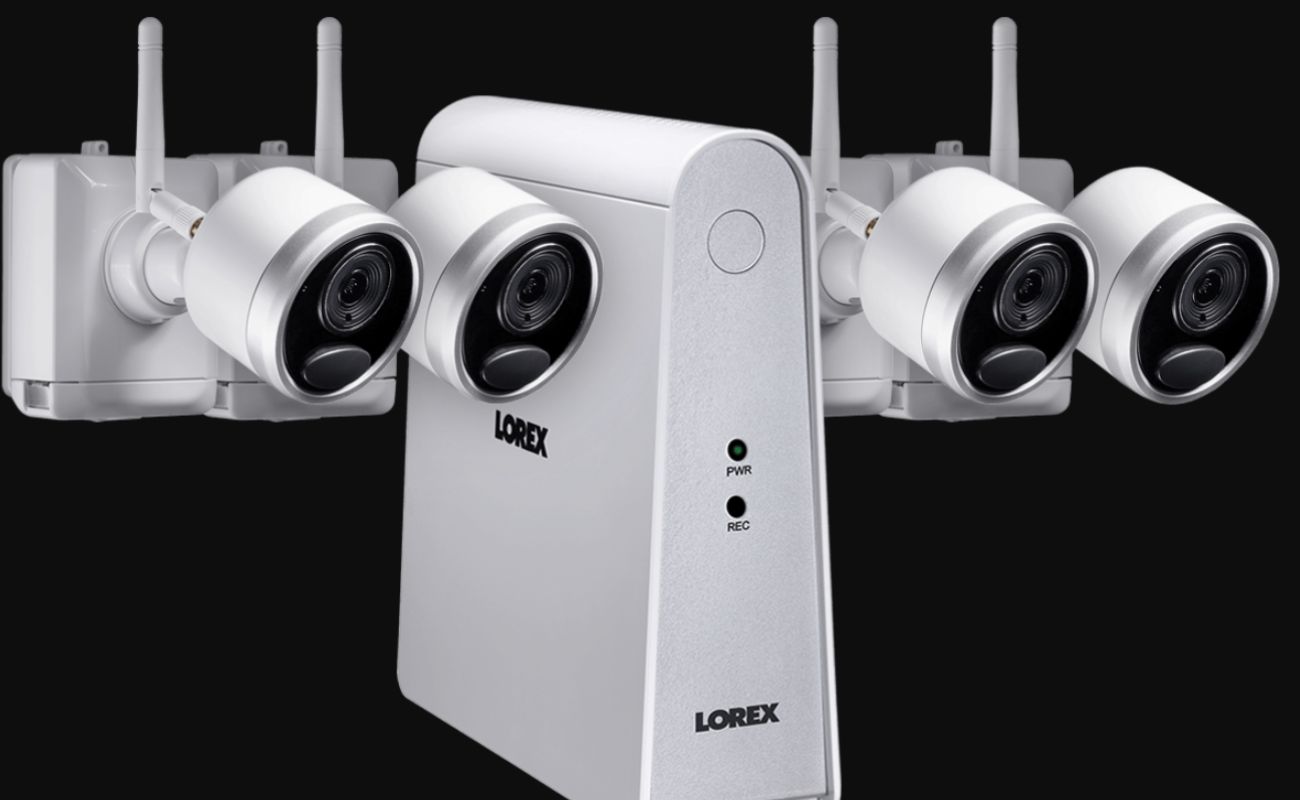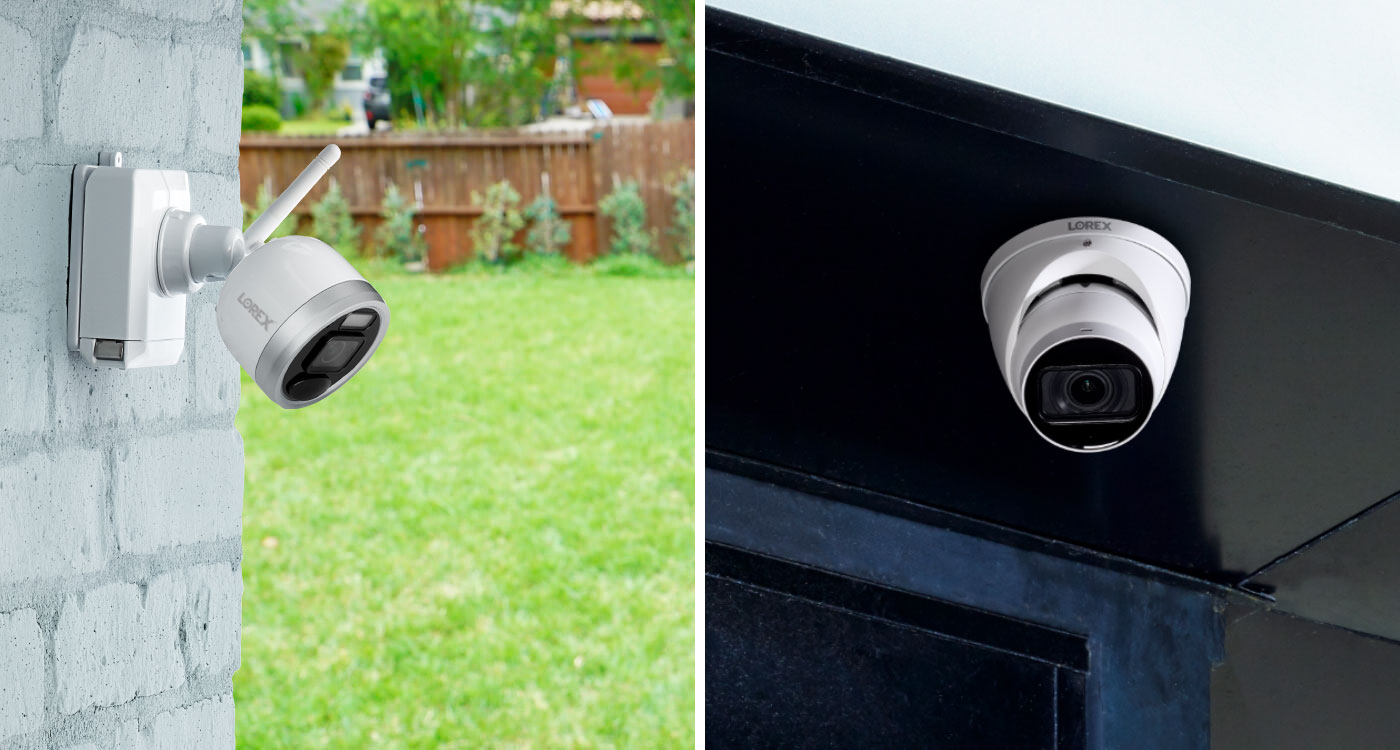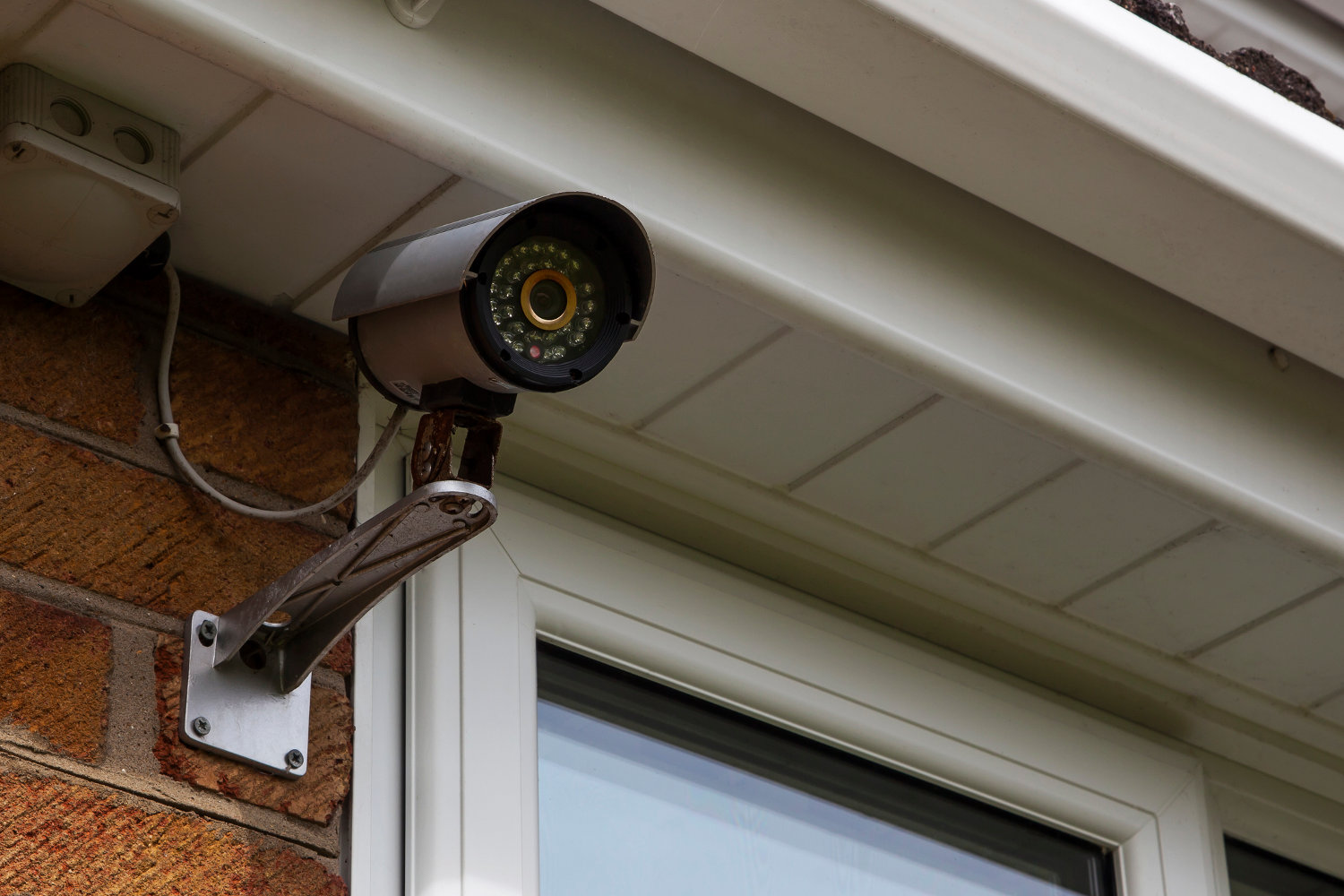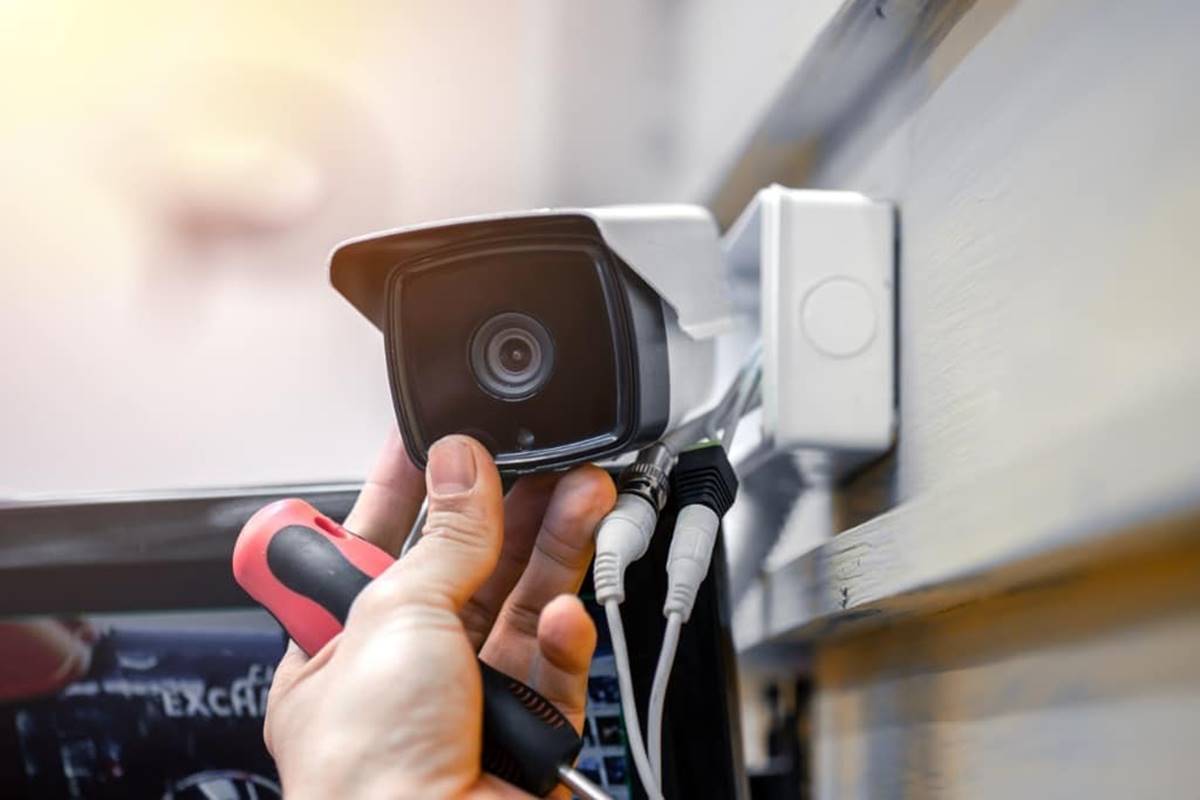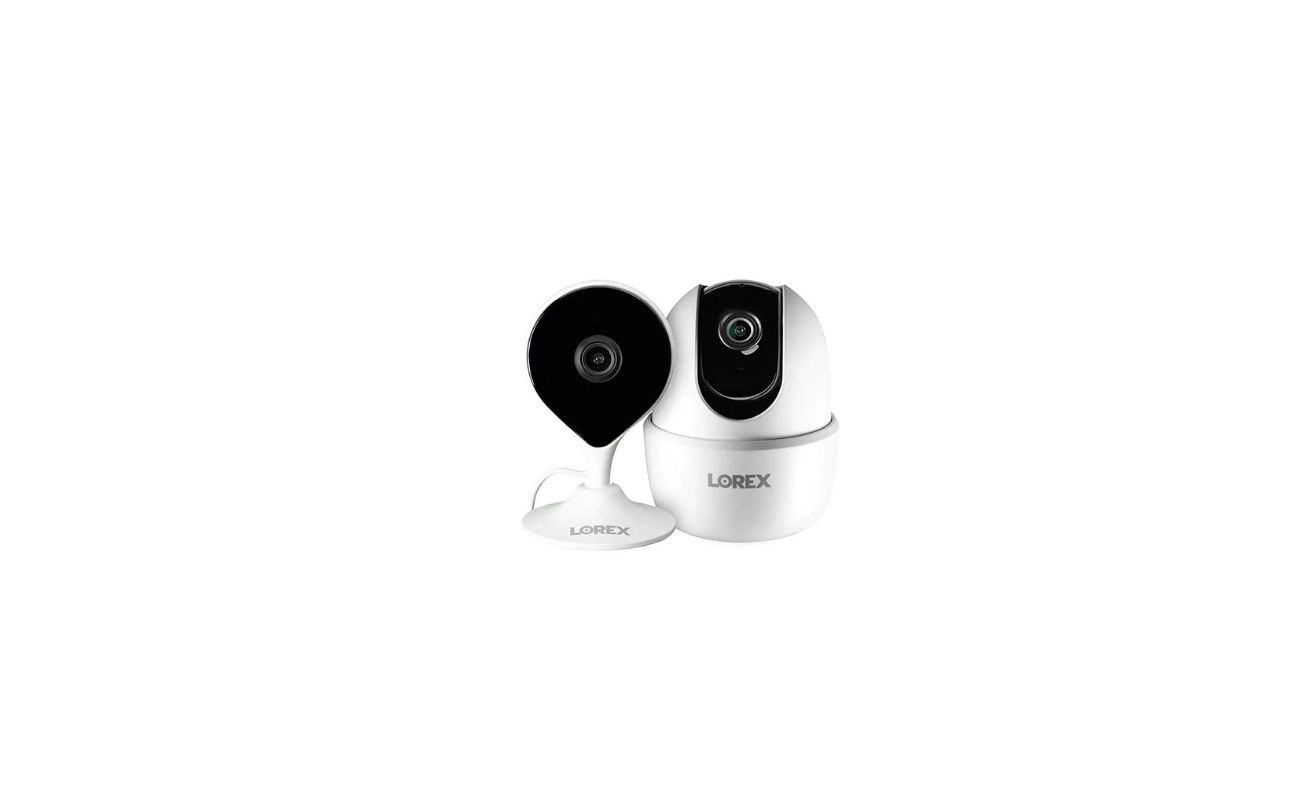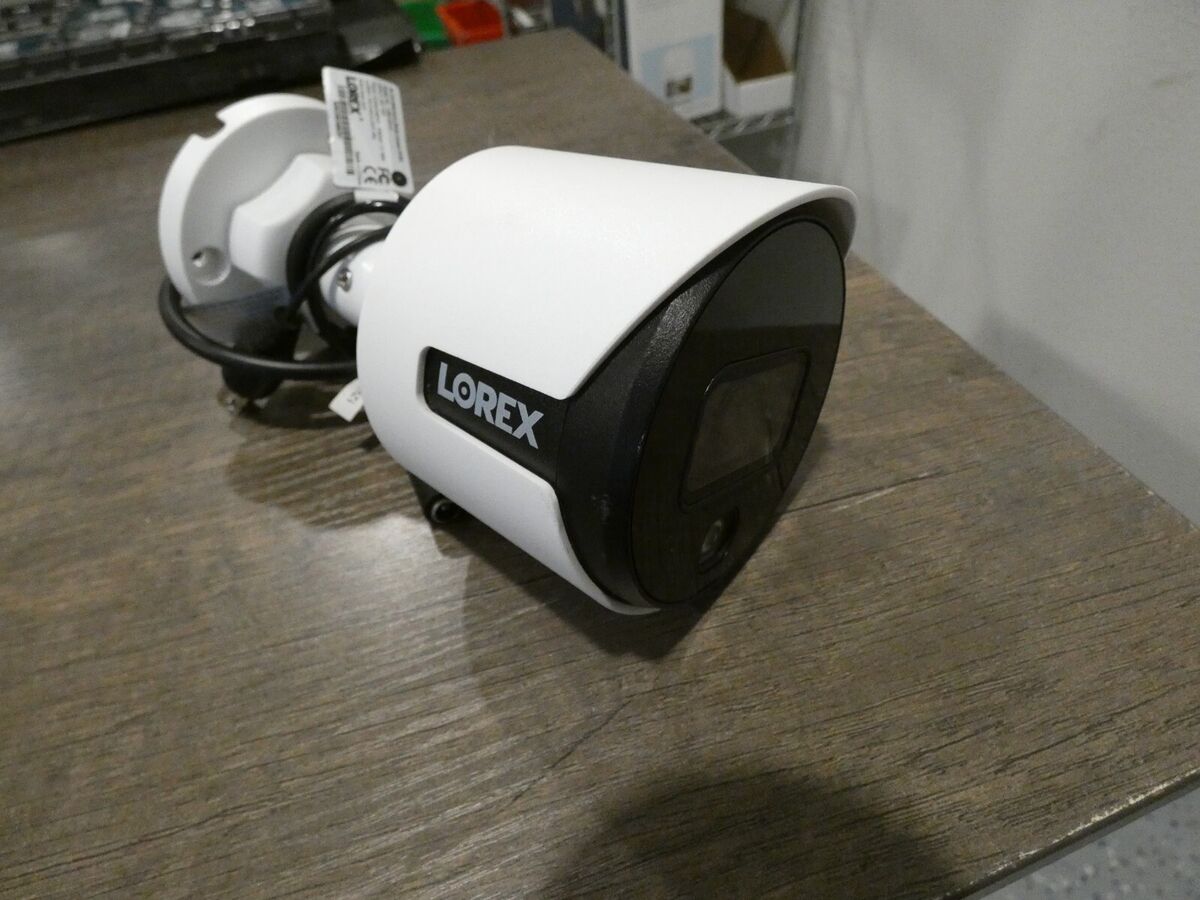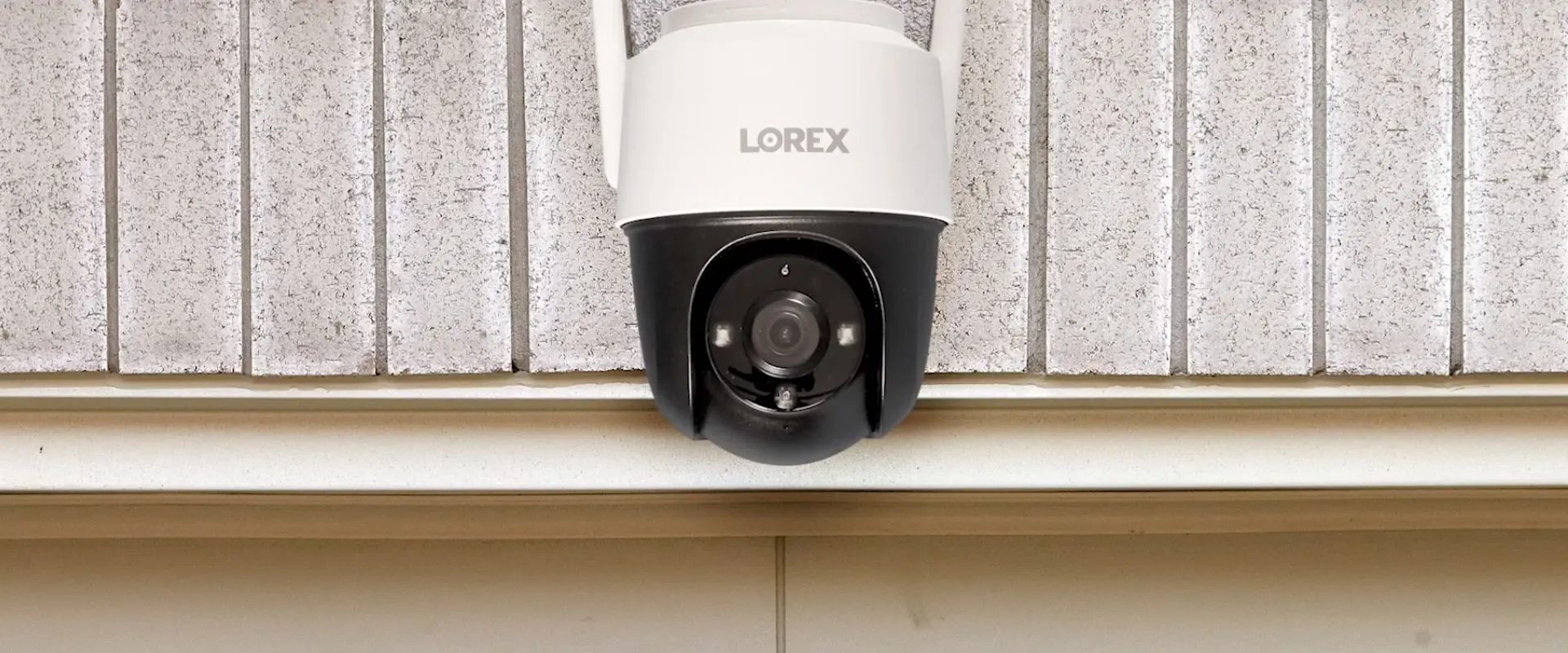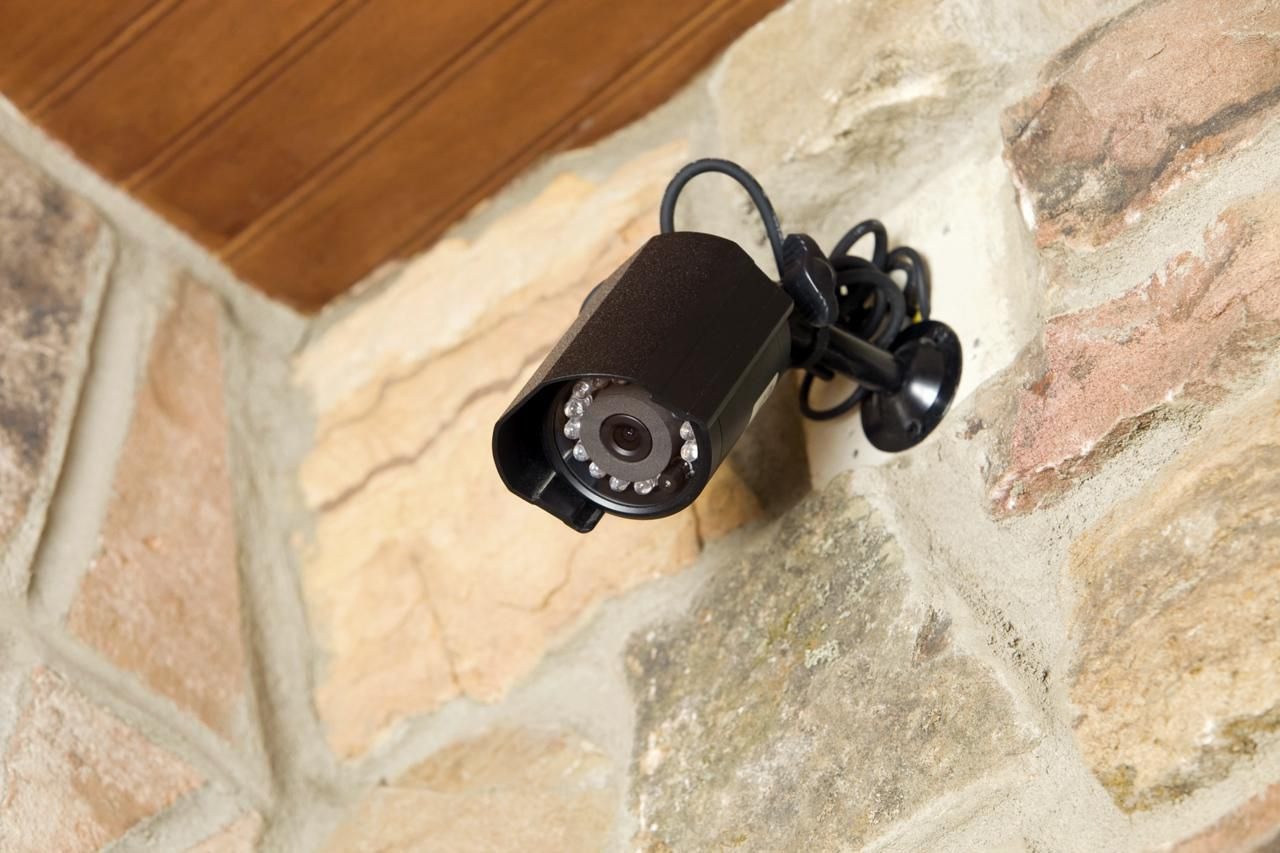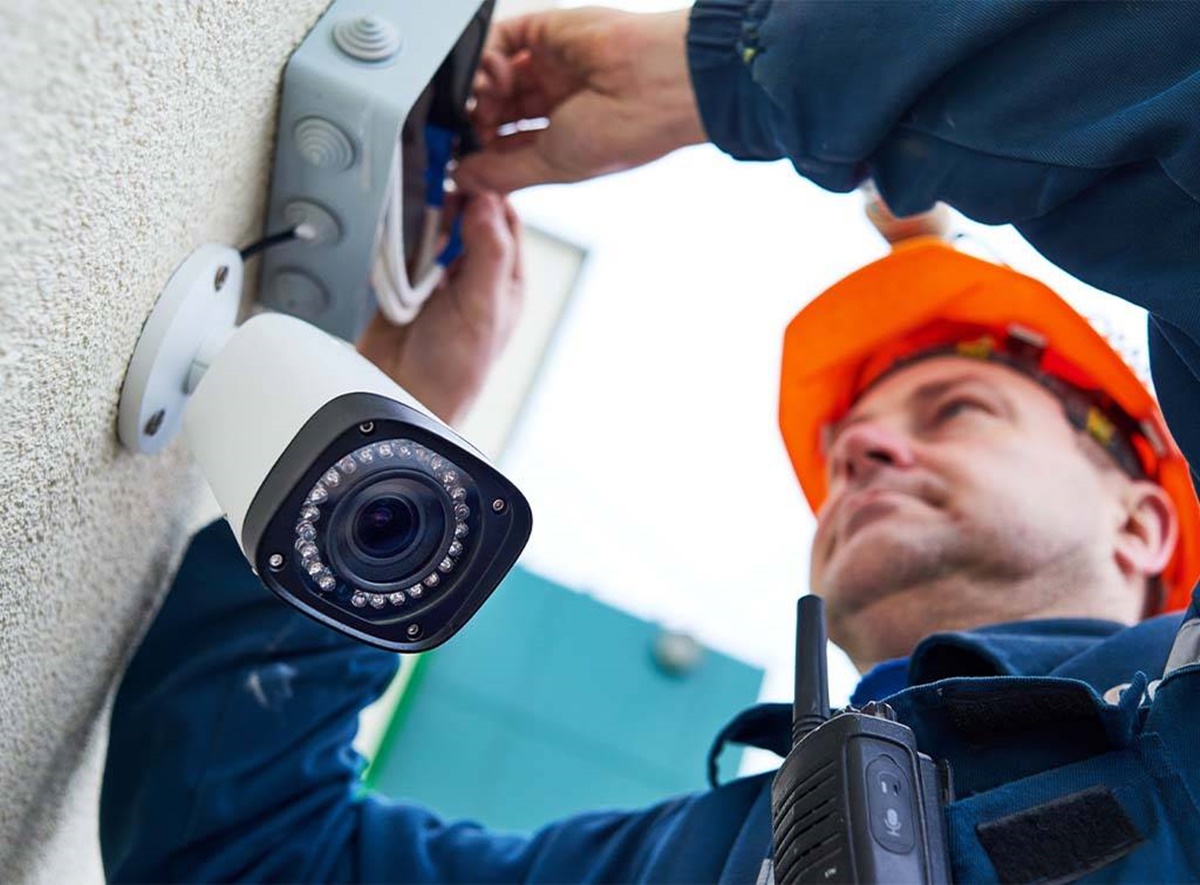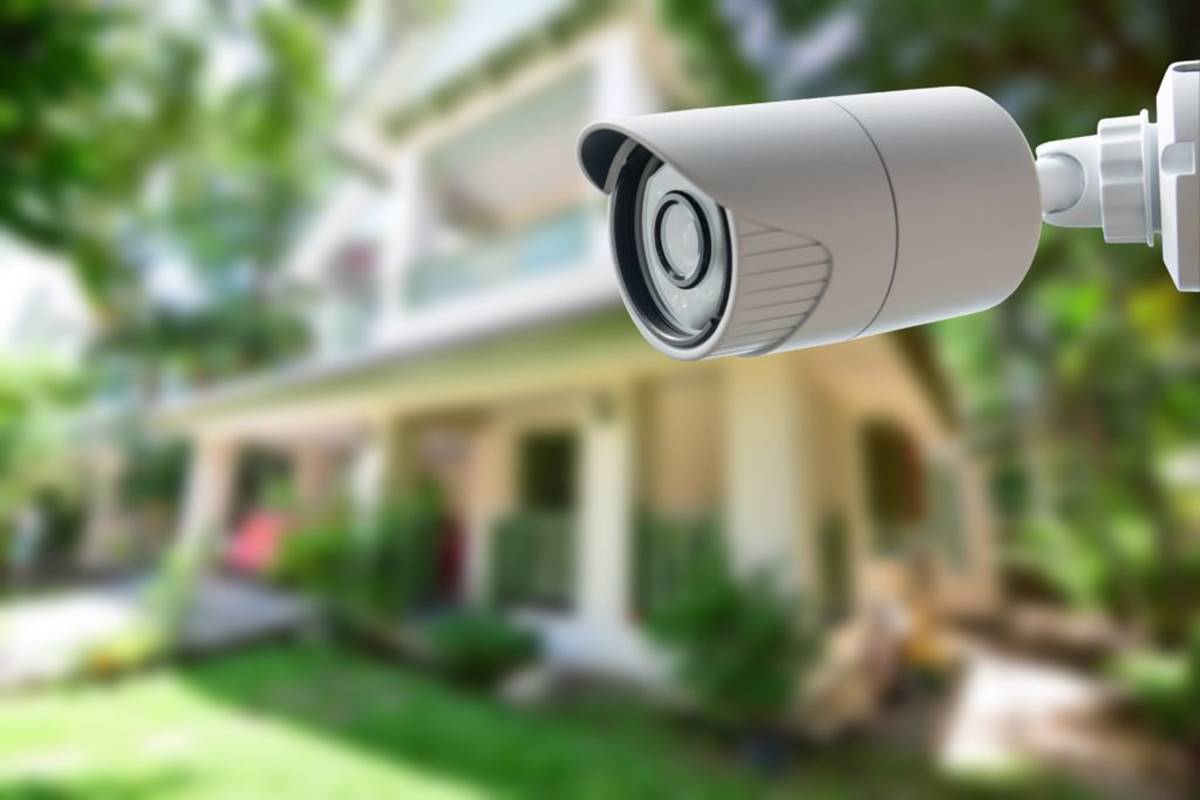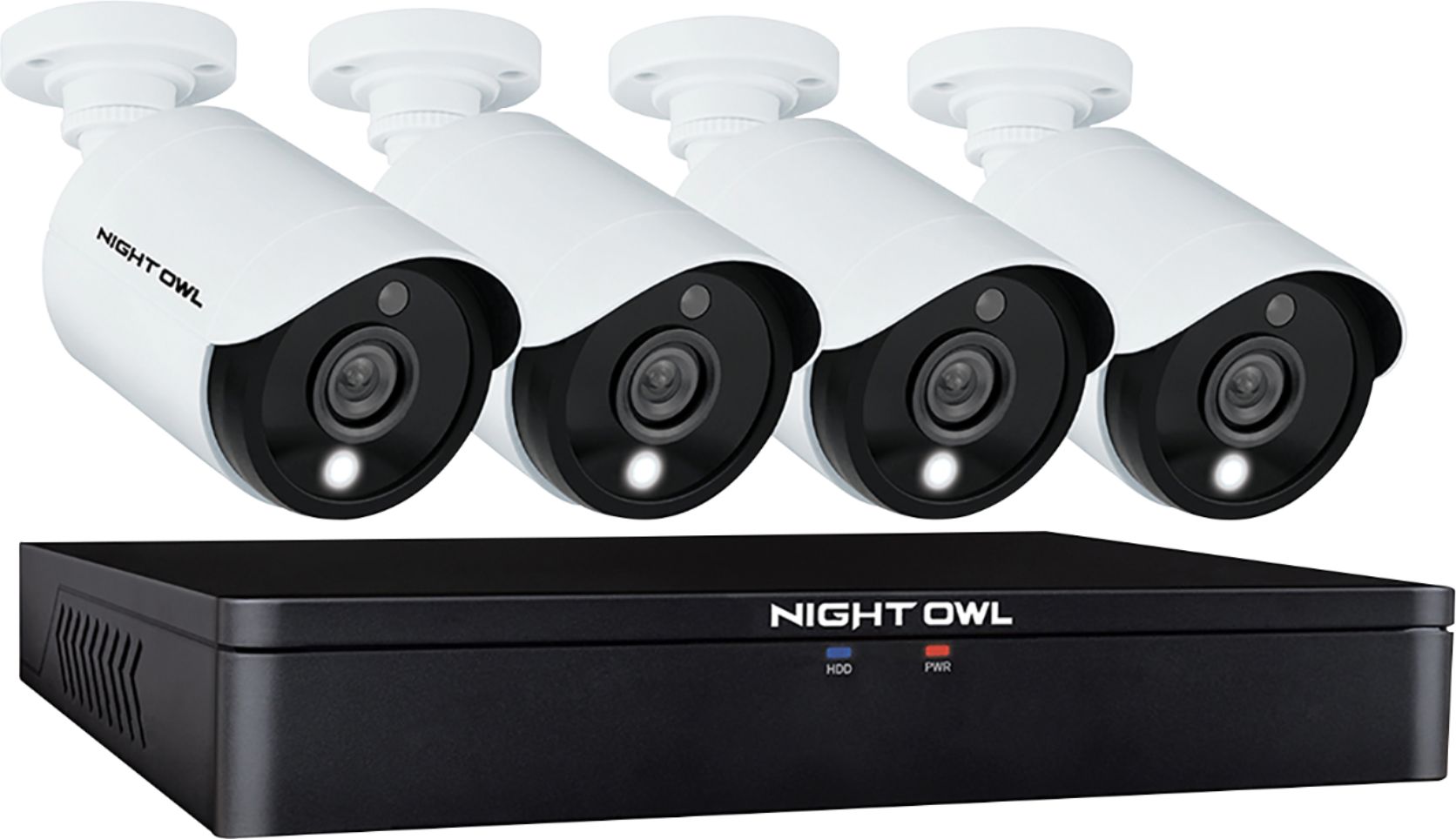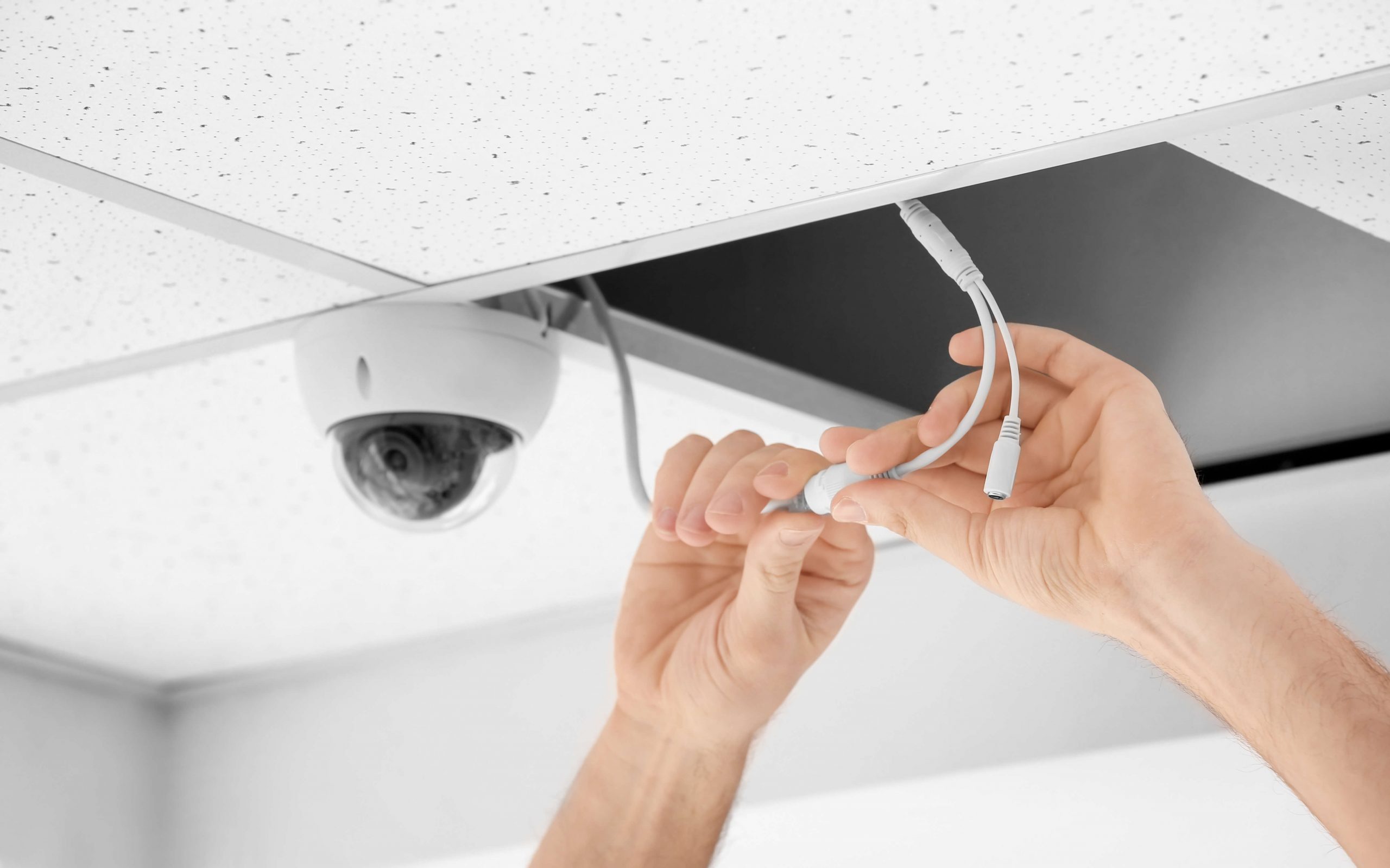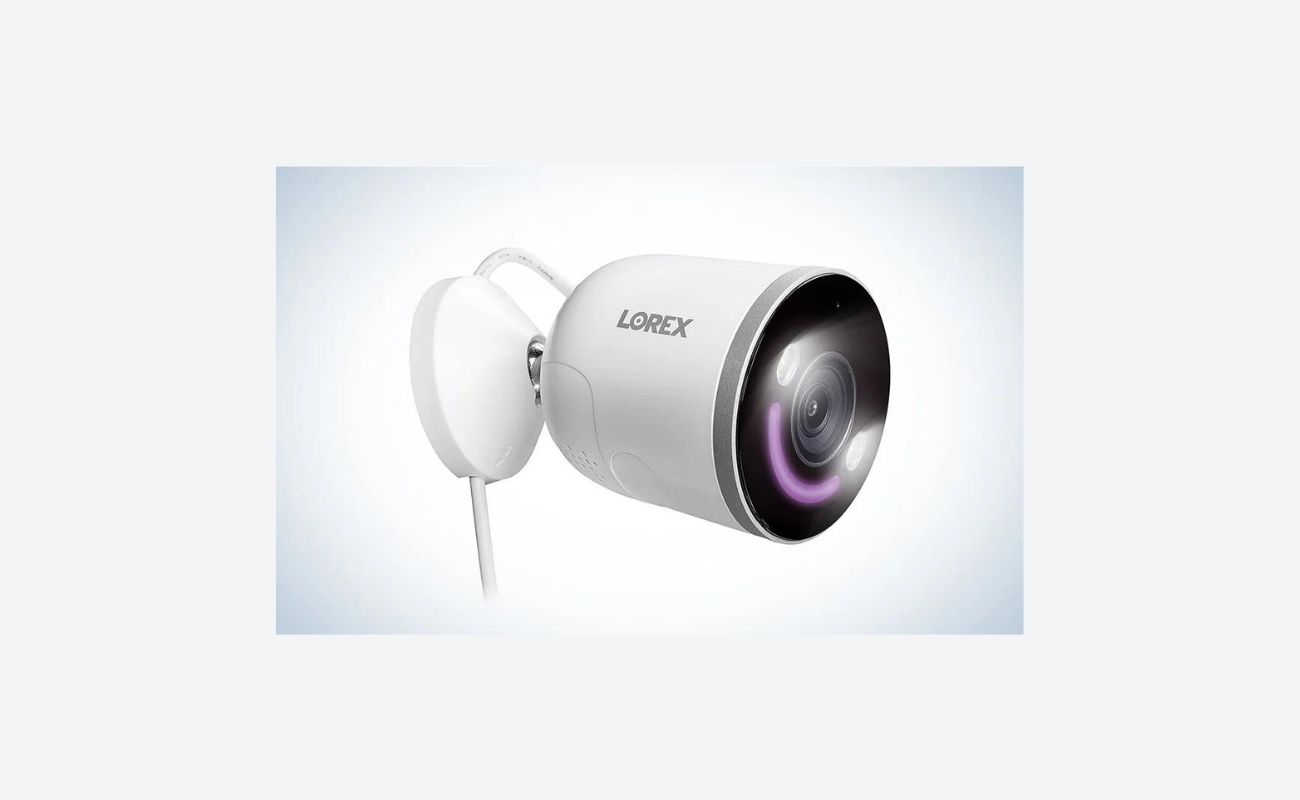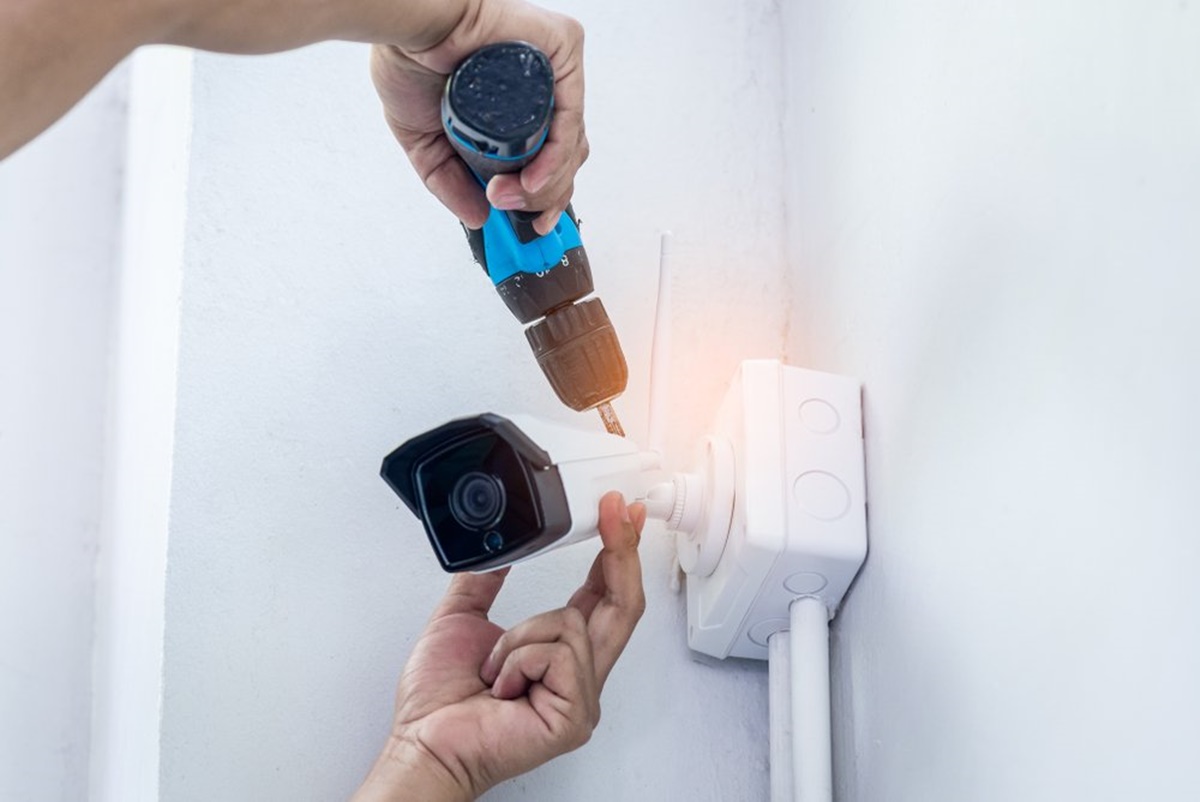Home>Home Security and Surveillance>How To Install Lorex Wired Security Cameras
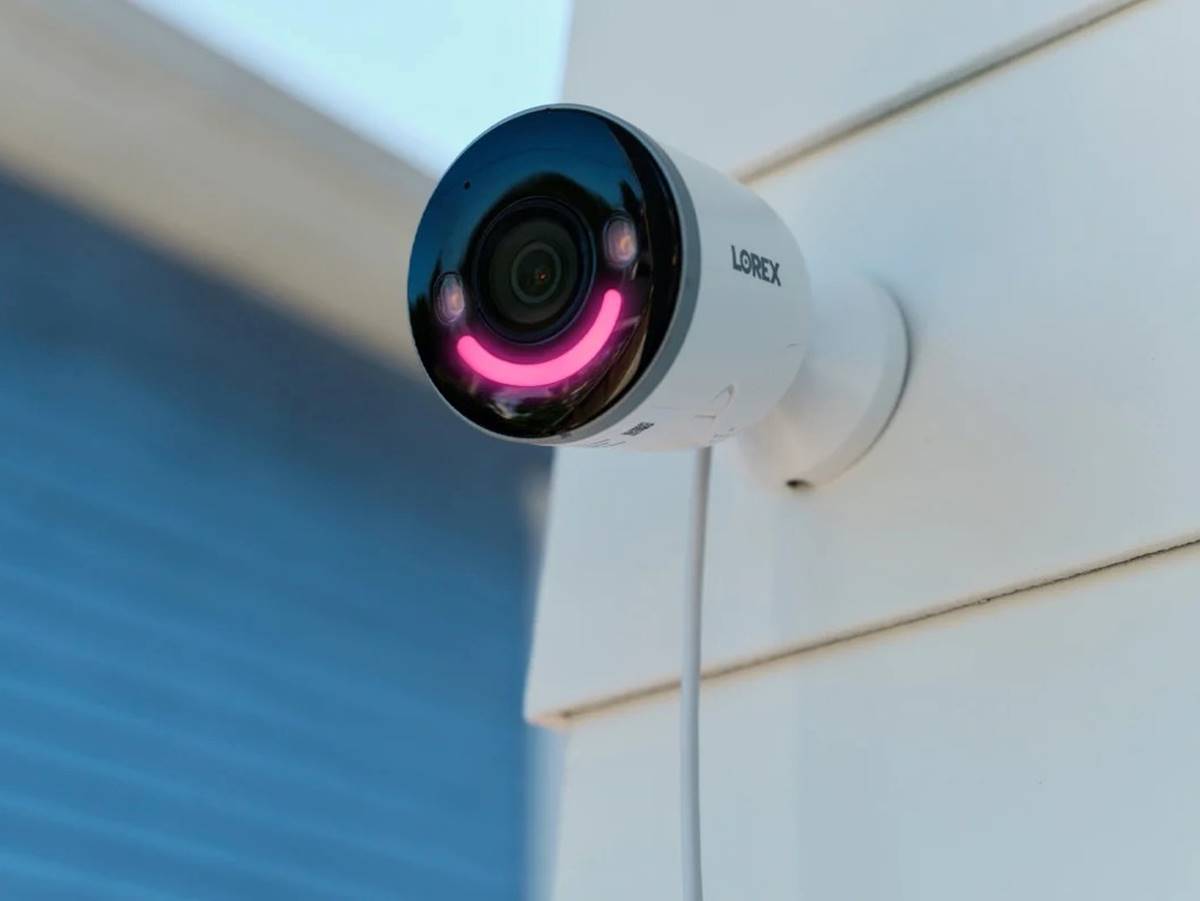

Home Security and Surveillance
How To Install Lorex Wired Security Cameras
Modified: March 6, 2024
Learn how to install Lorex wired security cameras for your home security and surveillance needs. Enhance your peace of mind with our step-by-step guide.
(Many of the links in this article redirect to a specific reviewed product. Your purchase of these products through affiliate links helps to generate commission for Storables.com, at no extra cost. Learn more)
Introduction
Welcome to the world of home security and surveillance! In today’s fast-paced and unpredictable world, ensuring the safety of our homes and loved ones has become a top priority for many. With advancements in technology, installing a comprehensive home security system has become more accessible and affordable than ever before.
One popular option for home security is the installation of wired security cameras, specifically the Lorex brand. Lorex wired security cameras are known for their high-definition video quality, durability, and user-friendly features. In this article, we will guide you through the installation process, step-by-step, to help you set up your Lorex wired security camera system with ease.
Before we dive into the installation process, let’s quickly go over what you’ll need to get started.
Key Takeaways:
- Setting up Lorex wired security cameras involves planning, mounting, and connecting. Test the system thoroughly to ensure clear footage, motion detection, and night vision performance for enhanced home security.
- By following the step-by-step installation guide, you can install and test Lorex wired security cameras to protect your home and loved ones. Regular maintenance ensures continued reliability.
Read more: How To Install Lorex Security Cameras
Required Tools and Materials
Before you begin with the installation of your Lorex wired security cameras, it’s important to have all the necessary tools and materials at hand. This will ensure a smooth and hassle-free installation process. Here are the tools and materials you’ll need:
- Lorex wired security camera system (includes cameras, DVR, and cables)
- Drill
- Screwdriver
- Measuring tape or ruler
- Cable clips or staples
- Ethernet cables
- Power supply for the cameras
- Monitor or TV for viewing the camera feed
- Internet connection (optional, for remote viewing)
Ensure that you have all these tools and materials ready before proceeding with the installation. Now let’s move on to the next step, which is planning and preparation.
Step 1: Planning and Preparation
Before you start installing your Lorex wired security cameras, it’s important to plan and prepare the layout of your system. This will help you determine the ideal locations for camera placement and ensure optimal coverage of your property. Follow these steps to plan and prepare:
- Survey your property: Take a walk around your property to identify the areas you want to monitor. This may include entrances, driveways, backyards, or any other vulnerable spots.
- Consider camera placement: Once you’ve identified the areas, determine the best locations to mount your cameras for maximum coverage. Keep in mind factors such as visibility, field of view, and potential obstacles.
- Decide on the number of cameras: Determine the number of cameras you will need based on the areas you want to monitor and the desired level of coverage.
- Plan cable routes: Plan the routes for running the cables from the cameras to the DVR. Ensure that the cables are hidden or protected to prevent tampering.
- Check power source: Ensure that there is a power source available near each camera location. If not, consider installing power outlets or using alternative power options.
By taking the time to plan and prepare, you can ensure that your Lorex wired security camera system is strategically placed to provide optimal surveillance coverage. Once you have a clear plan in mind, you can move on to the next step, which is mounting the cameras.
Step 2: Mounting the Cameras
Now that you have planned and prepared the layout of your Lorex wired security camera system, it’s time to start mounting the cameras. Follow these steps to ensure proper installation:
- Choose the mounting locations: Refer to your plan and select the designated spots where you will mount the cameras. Ensure that the chosen locations provide a clear view of the area you want to monitor.
- Attach the mounting brackets: Use the drill and screwdriver to attach the mounting brackets to the selected locations. Make sure the brackets are secure and level.
- Mount the cameras: Once the brackets are in place, carefully mount the cameras onto the brackets. Ensure that they are securely fastened and positioned according to your needs.
- Adjust camera angles: Adjust the camera angles as needed to capture the desired view. You can use the camera’s swivel or tilt feature to achieve the desired angle.
It is important to note that the installation process may vary depending on the specific Lorex wired security camera model you are using. Refer to the manufacturer’s instructions for any model-specific installation requirements.
Once you have successfully mounted the cameras, you can proceed to the next step, which involves running the cables.
Step 3: Running the Cables
With the cameras securely mounted, it’s time to run the cables to connect them to the DVR. Follow these steps to ensure a clean and efficient cable installation:
- Determine cable routes: Refer to your plan and decide on the best routes for running the cables from each camera to the DVR location. It’s ideal to keep the cables hidden or protected to prevent any tampering.
- Measure and cut the cables: Using a measuring tape or ruler, measure the required length of cable for each camera. Cut the cables to the appropriate length, leaving some extra length for flexibility and ease of installation.
- Secure the cables: Use cable clips or staples to secure the cables along the designated routes. This will keep the cables organized and minimize any potential tripping hazards.
- Connect the cables to the cameras: Attach the cut cables to the corresponding ports on each camera. Ensure a secure and proper connection to enable video transmission.
- Route the cables to the DVR location: Carefully run the cables along the planned routes, ensuring they are neat and free from any obstructions. Use cable clips or other suitable methods to secure the cables.
- Connect the cables to the DVR: Once the cables reach the DVR location, connect each cable to the corresponding input ports on the DVR. Ensure a snug fit to establish a proper connection.
By following these steps, you can effectively run the cables and establish the necessary connections between the cameras and the DVR. With the cables in place, you’re ready to move on to the next step, which involves connecting the cameras to the DVR.
Before installing Lorex wired security cameras, make sure to carefully plan the camera placement to cover all necessary areas and ensure proper power and connectivity for each camera.
Read more: How To Install Lorex Security Camera
Step 4: Connecting the Cameras to the DVR
Now that you have successfully run the cables, it’s time to connect the cameras to the DVR to establish a seamless video feed. Follow these steps to ensure proper connection:
- Locate the camera input ports: On the back of your DVR, locate the camera input ports. These ports are typically labeled with corresponding camera numbers.
- Identify the camera cables: Match each camera cable to the correct camera input port on the DVR based on the camera numbers. Ensure that the cables are connected securely.
- Tighten the connections: Use your fingers to tighten the connectors on the camera cables and ensure a secure fit. This will help prevent any signal loss or disconnections.
- Power the cameras: Connect the power supply for each camera to a power outlet or power source. Ensure that the cameras receive a stable power supply for uninterrupted operation.
- Turn on the DVR: Plug in the power cable of the DVR and turn it on. Wait for the DVR to boot up and establish connectivity with the cameras.
- Test the camera feed: Use a monitor or TV connected to the DVR to test the camera feed. You should be able to view live footage from each camera on the screen.
It is important to refer to the manufacturer’s instructions for any model-specific details or troubleshooting tips. Make sure to follow the recommended guidelines to ensure a successful connection between the cameras and the DVR.
Once you have successfully connected the cameras to the DVR, you can proceed to the next step, which involves adjusting the camera settings.
Step 5: Adjusting the Camera Settings
After connecting the cameras to the DVR, it’s important to adjust the camera settings to optimize their performance and meet your specific surveillance requirements. Follow these steps to fine-tune the camera settings:
- Access the camera menu: Using the DVR’s interface or a separate remote control, access the camera menu to make adjustments. The menu can usually be accessed through the on-screen display.
- Adjust camera resolution: Choose the desired resolution for your camera footage, keeping in mind the balance between image quality and storage capacity. Higher resolutions may require more storage space.
- Set camera recording modes: Configure the camera recording modes based on your preferences. You can choose options such as continuous recording, motion detection recording, or scheduled recording.
- Configure motion detection settings: Fine-tune the motion detection settings to ensure accurate triggering and minimize false alerts. Adjust parameters such as sensitivity and detection zones.
- Enable night vision mode: If your cameras are equipped with night vision capabilities, enable the night vision mode. This will allow the cameras to capture clear footage even in low-light or dark conditions.
- Set up mobile or remote access: If you want to access your camera feed remotely or through a mobile device, follow the instructions provided by the manufacturer to set up the necessary network configurations.
By adjusting these camera settings, you can customize your Lorex wired security camera system to suit your specific needs and preferences. Take the time to explore the different settings available and ensure that they align with your surveillance requirements.
With the camera settings adjusted, you’re ready to move on to the final step, which involves testing the camera system.
Step 6: Testing the Camera System
Once you have completed the installation and configuration process, it’s crucial to test your Lorex wired security camera system to ensure that everything is functioning as expected. Follow these steps to perform a thorough test:
- Verify camera feed: Check the monitor or TV connected to the DVR to verify that you can see the live camera feed from each camera. Make sure the image quality is clear, and there are no issues with the video transmission.
- Test motion detection: Walk around the areas monitored by the cameras to test the motion detection capabilities. Ensure that the cameras accurately trigger recording or send notifications in response to detected motion.
- Inspect night vision performance: Wait until it is dark or simulate low-light conditions to test the night vision capabilities of your cameras. Ensure that the night vision footage is clear and provides sufficient details.
- Check remote access: If you have set up remote access or mobile viewing, test the functionality by accessing the camera feed from a different location. Ensure that you can view the footage smoothly and that all features are accessible.
- Review system settings: Go through the camera settings, recording settings, and any additional configurations to confirm that they are properly applied and functioning as intended.
- Address any issues: If you encounter any issues during the testing phase, consult the manufacturer’s troubleshooting guide or contact their customer support for assistance. Address any technical or operational problems promptly.
By thoroughly testing your Lorex wired security camera system, you can identify and resolve any potential issues before relying on it for your home security. Regularly check and maintain your system to ensure its continued performance and reliability.
Congratulations! You’ve successfully installed and tested your Lorex wired security camera system. With your home now under the watchful eyes of your cameras, you can have peace of mind knowing that you have taken proactive steps towards enhancing the security of your property.
If you enjoyed this article, consider sharing it with others who may benefit from it. Stay safe!
Conclusion
Installing a Lorex wired security camera system can provide you with peace of mind and enhanced security for your home. By following the step-by-step installation process outlined in this guide, you can effectively set up your cameras and ensure optimal surveillance coverage.
From planning and preparing the camera layout to mounting the cameras, running the cables, and connecting them to the DVR, each step is crucial in establishing a reliable and functional security system. Adjusting the camera settings according to your preferences and thoroughly testing the system is equally important to ensure that everything is working as intended.
Remember to refer to the manufacturer’s instructions and troubleshooting guides for any model-specific details or technical support. Regular maintenance and periodic system checks will help maintain the performance and reliability of your Lorex wired security camera system.
With your cameras in place and your home under surveillance, you can have peace of mind knowing that you’ve invested in the safety of your property and loved ones. The added security and peace of mind are well worth the time and effort invested in the installation process.
Thank you for choosing Lorex wired security cameras, and congratulations on successfully setting up your own personal security system. Stay safe and enjoy the added convenience and protection that your Lorex wired security cameras bring!
Frequently Asked Questions about How To Install Lorex Wired Security Cameras
Was this page helpful?
At Storables.com, we guarantee accurate and reliable information. Our content, validated by Expert Board Contributors, is crafted following stringent Editorial Policies. We're committed to providing you with well-researched, expert-backed insights for all your informational needs.
